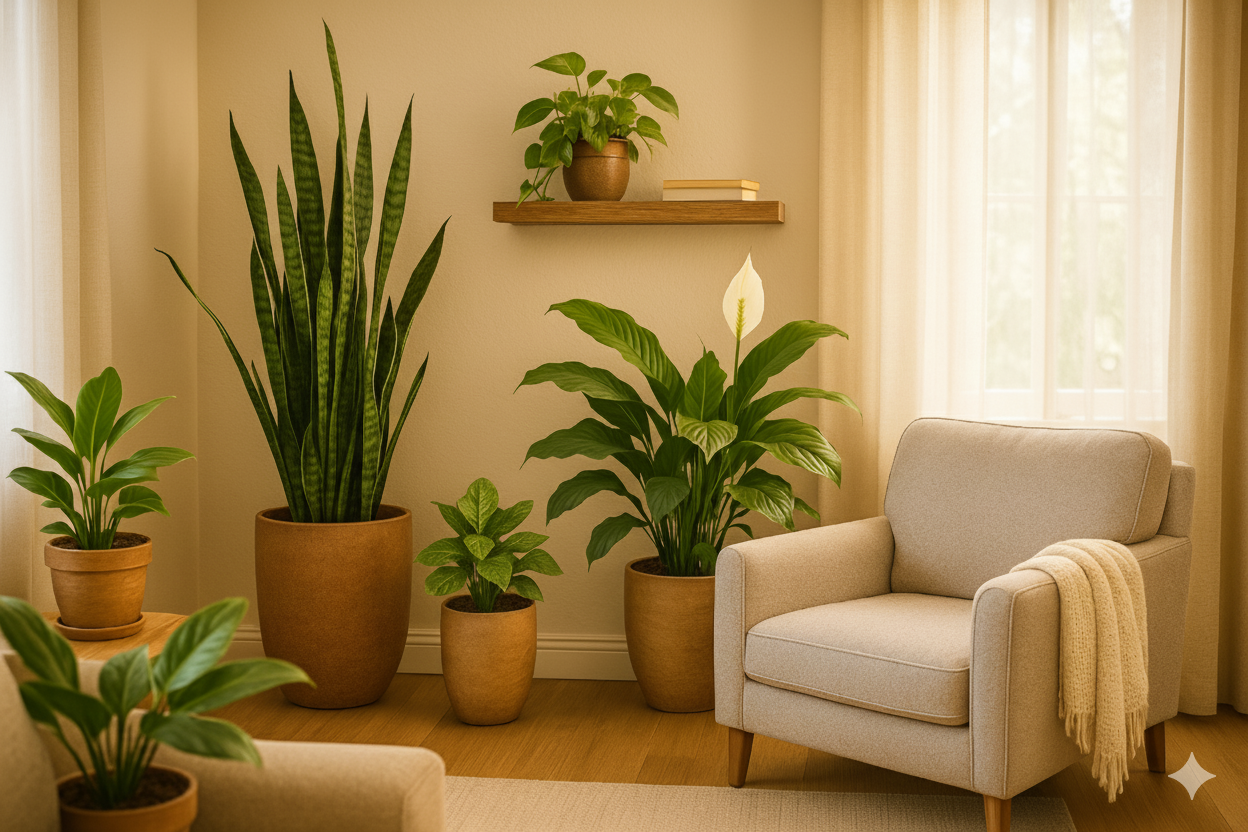
How to Use Indoor Plants for Cleaner Air with COPD
Explore how indoor plants can enhance air quality and improve well-being for COPD patients while offering practical tips and plant recommendations.
Take Control of Your COPD - Discover Tools Used by 50,000+ Patients. From daily oxygen monitoring to sleep-saving air purifiers, find the exact products your pulmonologist wishes you knew about. Every recommendation tested by real COPD patients.
Monitor the invisible air quality factors triggering your COPD symptoms. Get real-time alerts when PM2.5, VOCs, humidity, and temperature reach dangerous levels - so you can take action before breathing problems start.

Your Home Air Is Probably Making Your COPD Worse (Here's How to Find Out)
The Awair Element reveals the invisible air quality culprits sabotaging your breathing - and gives you the power to fix them before your next flare-up.
Ever wonder why your breathing feels worse some days, even when you're doing everything right? The answer might be floating right under your nose.
Meet Tom from Phoenix. His COPD was "stable" according to his doctor, but his morning coughing fits were getting brutal. Tom assumed it was just disease progression until his new Awair Element revealed the shocking truth:
His home's PM2.5 levels spiked to dangerous levels every morning when his neighbor started their old diesel truck at 6 AM. The microscopic particles were seeping through his windows and triggering inflammation in his already-sensitive lungs.
Simple solution: Close bedroom windows overnight, run an air purifier in the morning. Result? 80% reduction in morning symptoms within two weeks.
"I had no idea my home air was that bad. The Awair Element probably prevented dozens of bad breathing days." - Tom R., Arizona
| What It Measures | Why COPD Patients Care | Normal vs. Problem Levels |
|---|---|---|
| PM2.5 Particles | Microscopic irritants that penetrate deep into lungs | Good: 0-12 μg/m³ / Danger: 35+ μg/m³ |
| VOCs (Chemicals) | Cleaning products, perfumes, furniture off-gassing | Good: 0-220 ppb / Problem: 500+ ppb |
| Temperature | Hot/cold air triggers breathing difficulties | Ideal: 68-72°F for most COPD patients |
| Humidity | Too dry = mucus problems, too wet = mold risk | Sweet spot: 40-50% relative humidity |
| CO2 Levels | High levels mean poor ventilation, stale air | Good: 400-1000 ppm / Stuffy: 1000+ ppm |
The game-changer: Real-time alerts on your phone when any of these factors hit levels that could trigger your COPD symptoms.
You can't see PM2.5 particles - they're 30 times smaller than the width of a human hair, but they penetrate deep into your lungs and cause inflammation.
You can't smell most VOCs - that "clean" scent from air fresheners? Often loaded with chemicals that irritate sensitive airways.
You adapt to poor air - your nose stops noticing stuffiness, but your lungs don't stop suffering.
The Awair Element sees everything - and warns you before your breathing pays the price.
💨 COPD Essentials Pick
Awair Element Air Quality Monitor
The only air quality monitor designed for real-time alerts that matter to COPD patients. Tracks PM2.5 particles, VOCs, humidity, and temperature with professional-grade accuracy.
Free shipping • 30-day returns • Works with iOS and Android
Instant smartphone alerts: Get notified the moment air quality drops to levels that could trigger COPD symptoms. No more guessing why you suddenly feel short of breath.
Trend tracking: See patterns over days and weeks. Maybe your breathing is worse on weekends (cleaning day chemicals?) or during certain weather conditions (barometric pressure + humidity spikes).
Smart home integration: Connect with air purifiers, humidifiers, and ventilation systems to automatically improve air quality when problems are detected.
Sleek, silent design: About the size of a coffee mug, runs completely silently, and actually looks good on your nightstand or living room shelf.
🏭 Urban environments - Track pollution from traffic, industrial sources, and wildfire smoke that seeps indoors
🧽 Chemical sensitivities - Monitor cleaning products, air fresheners, and household chemicals that trigger breathing problems
🌡️ Climate challenges - Optimize temperature and humidity for better breathing comfort year-round
😴 Sleep quality issues - Poor bedroom air quality often worsens COPD symptoms and disrupts sleep
👥 Multi-generational homes - Balance air quality needs when family members have different sensitivities
🏠 Older homes - Detect dust, mold spores, and poor ventilation issues common in aging buildings
"I tell my COPD patients to avoid air pollution, but most have no idea what their actual indoor exposure looks like. The Awair Element gives them actionable data instead of generic advice. When patients can see their PM2.5 levels spike from cooking or cleaning, they make smarter choices about timing and ventilation."
- Dr. Sarah Chen, Pulmonologist
Maria, 72, Denver: Discovered her gas stove was spiking indoor pollutants to unsafe levels during dinner prep. Now uses better ventilation and sees 50% fewer evening breathing episodes.
Robert, 65, Atlanta: Found that his wife's morning hair spray routine was filling their bedroom with VOCs. Simple schedule change eliminated his daily morning cough.
Linda, 59, Phoenix: Realized weekend house cleaning was creating a perfect storm of chemical irritants. Switched to gentler products and improved ventilation - now actually enjoys cleaning days.
Without monitoring:
With Awair Element:
Start Monitoring Your Home Air Quality Today - knowledge is power over your breathing environment
Professional-grade sensors in a consumer-friendly package. The same PM2.5 detection technology used by environmental scientists, delivered through an app your grandkids could navigate.
Battery-free operation - plugs into any standard outlet and works continuously without maintenance or battery replacements.
Wi-Fi connectivity - monitors your air quality 24/7 and sends data to your smartphone, even when you're away from home.
No subscription fees - unlike some air quality monitors, the Awair Element gives you full access to all features without monthly charges.
Cooking creates more indoor pollution than you think - especially gas stoves, high-heat frying, and burnt food
"Fragrance-free" doesn't mean chemical-free - many household products still emit VOCs that trigger COPD symptoms
Weather affects indoor air quality - temperature inversions and high pressure systems can trap pollutants inside your home
Timing matters - air quality often fluctuates dramatically throughout the day based on activities and ventilation
Week 1: Establish baseline readings and identify your home's air quality patterns Week 2-4: Experiment with ventilation, air purifiers, and activity timing based on real data Month 2+: Fine-tune your environment for optimal breathing comfort
Best placement: Living room or bedroom where you spend the most time, away from direct sunlight and heat sources
The Awair Element typically costs less than a single COPD-related ER visit, but provides ongoing protection that could prevent multiple breathing emergencies.
Compare to:
Wi-Fi required: Needs reliable internet connection for smartphone alerts and data tracking
Learning curve: Takes a few weeks to understand your home's air quality patterns and optimal responses
Action required: The device shows you problems - you still need to take steps to fix them (ventilation, air purifiers, etc.)
Regional variations: Air quality standards vary by location - the app helps you understand what's normal for your area
For COPD patients serious about environmental triggers, the Awair Element transforms guesswork into precision. Stop wondering why some days are harder than others - start seeing the invisible factors affecting your breathing.
Get Your Awair Element Air Quality Monitor - because your lungs deserve clean air, and you deserve to know when they're not getting it
Bottom line: The Awair Element reveals the hidden environmental factors sabotaging your COPD management. Knowledge is power, and power over your breathing environment is freedom.
Looking for more COPD-friendly home solutions? Browse our complete COPD Product Directory for air purifiers, humidifiers, and other breathing aids that work alongside air quality monitoring.
Ready to take action on poor air quality? Our guide to The Best Air Purifiers for People with COPD shows you exactly which models work best for different room sizes and COPD severity levels.
Requires Wi-Fi connection and smartphone for full functionality. Air quality monitoring supplements but does not replace medical advice from healthcare providers.

Explore how indoor plants can enhance air quality and improve well-being for COPD patients while offering practical tips and plant recommendations.
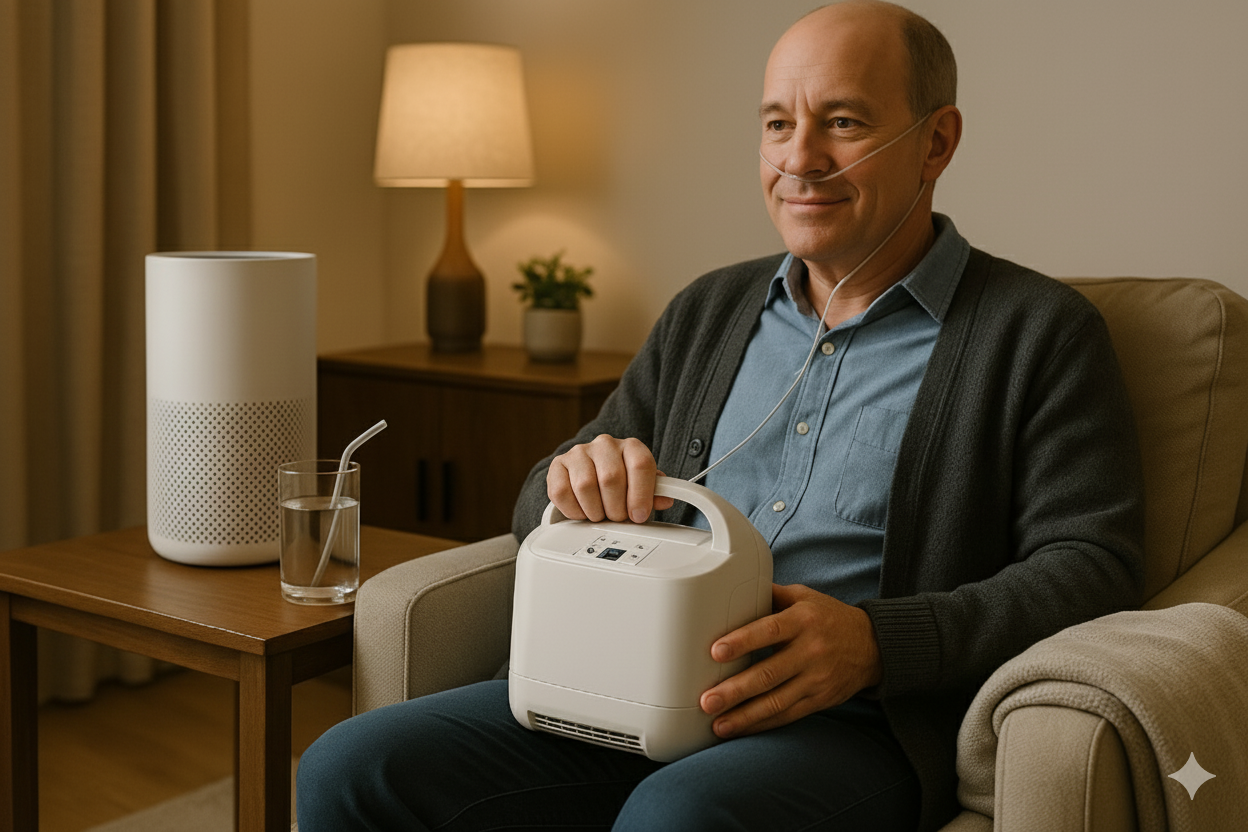
Explore nine essential tools that can enhance daily life for those managing COPD, improving comfort, independence, and respiratory health.
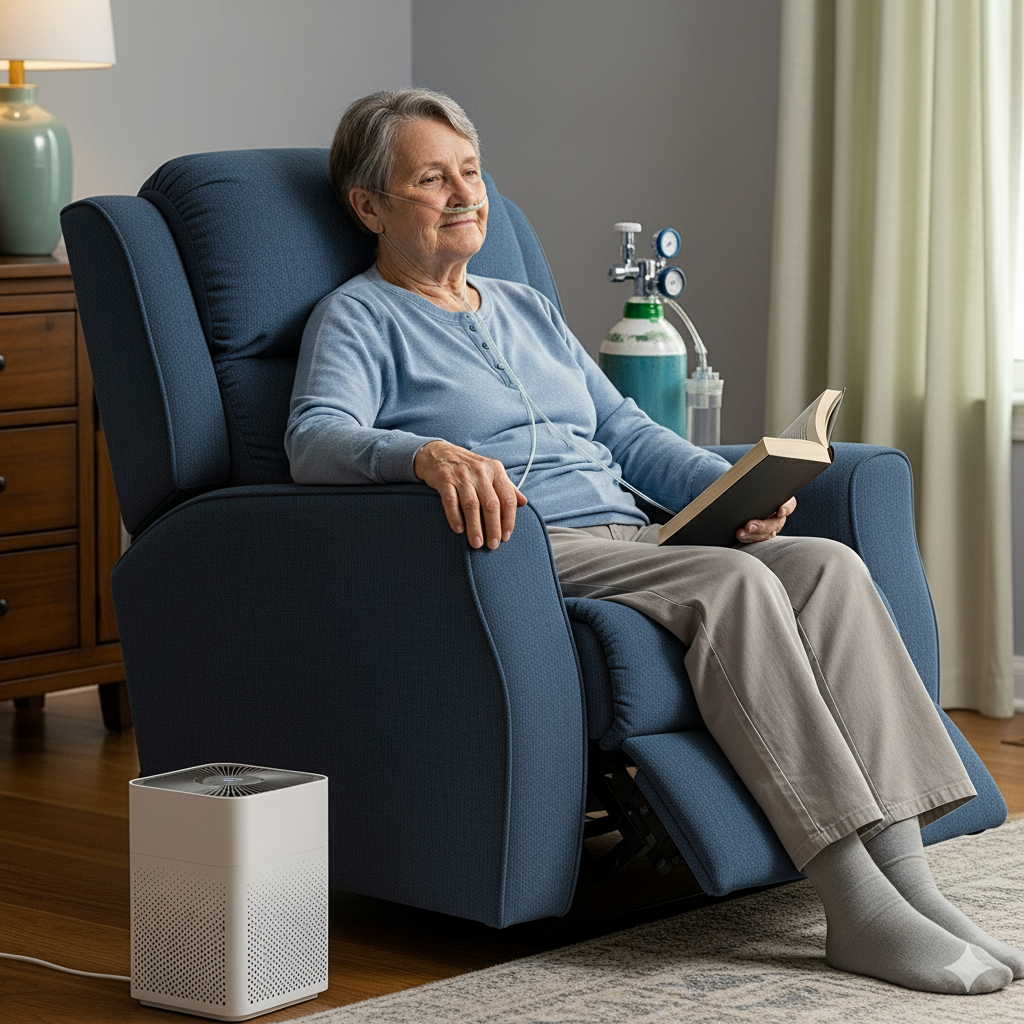
Updated September 2025: Discover the top HEPA air purifiers for COPD. Improve indoor air quality and ease symptoms with our expert-reviewed picks.
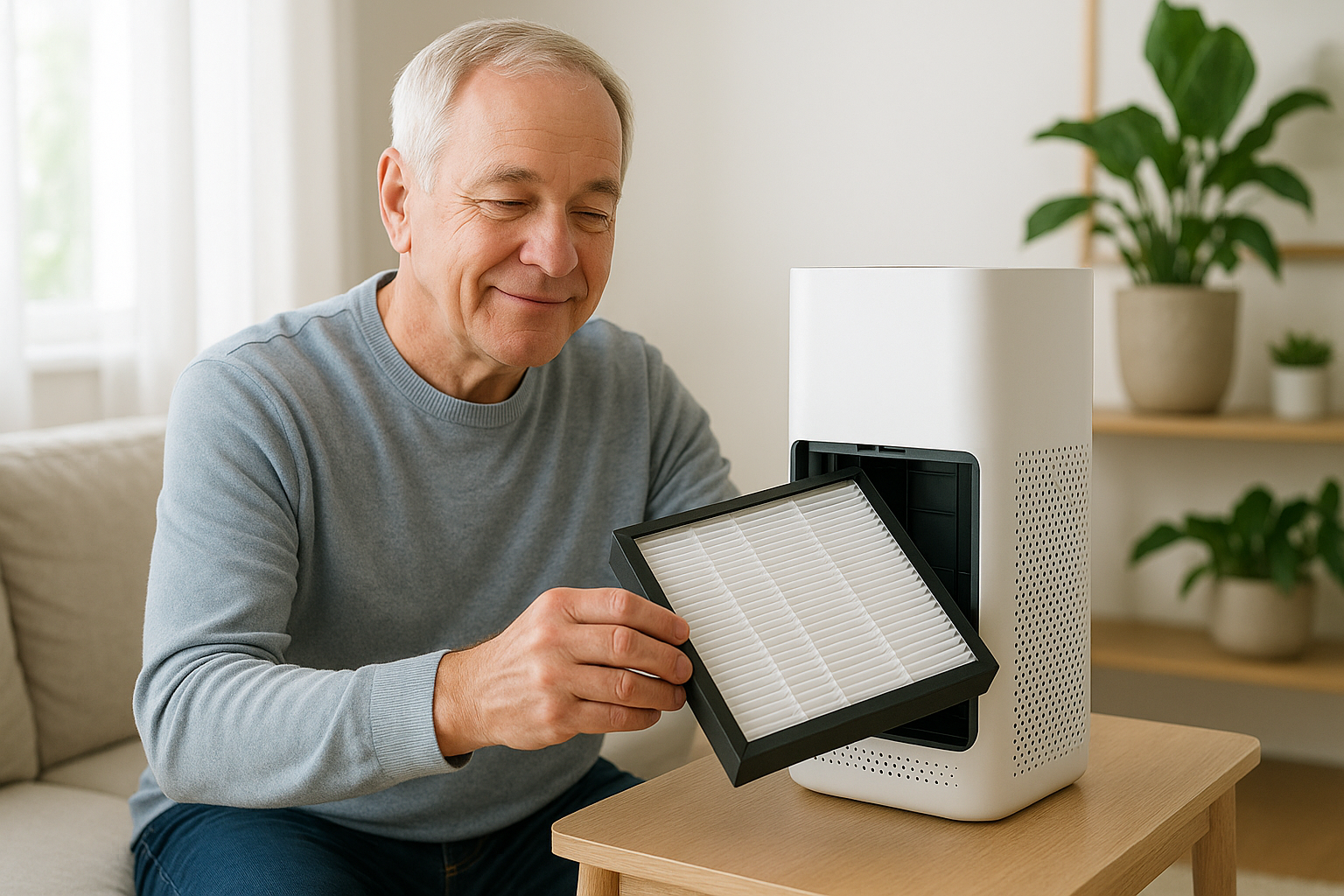
Learn how to maintain air purifiers for optimal performance, especially for COPD relief, through regular filter replacements.
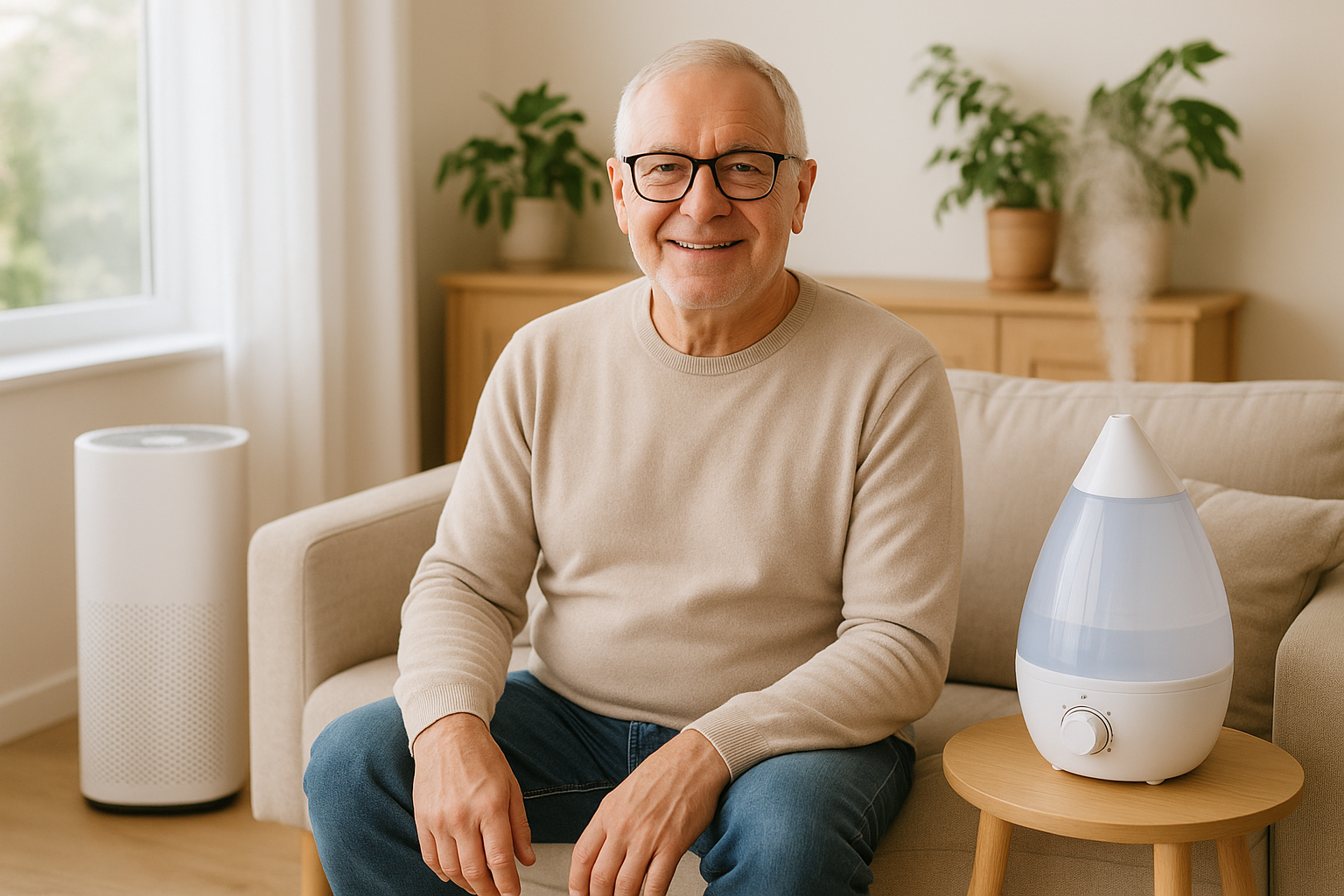
Should you use an air purifier, humidifier, or both for COPD? Compare benefits, limits, and our 2025 top picks from Honeywell, Coway, and Levoit.
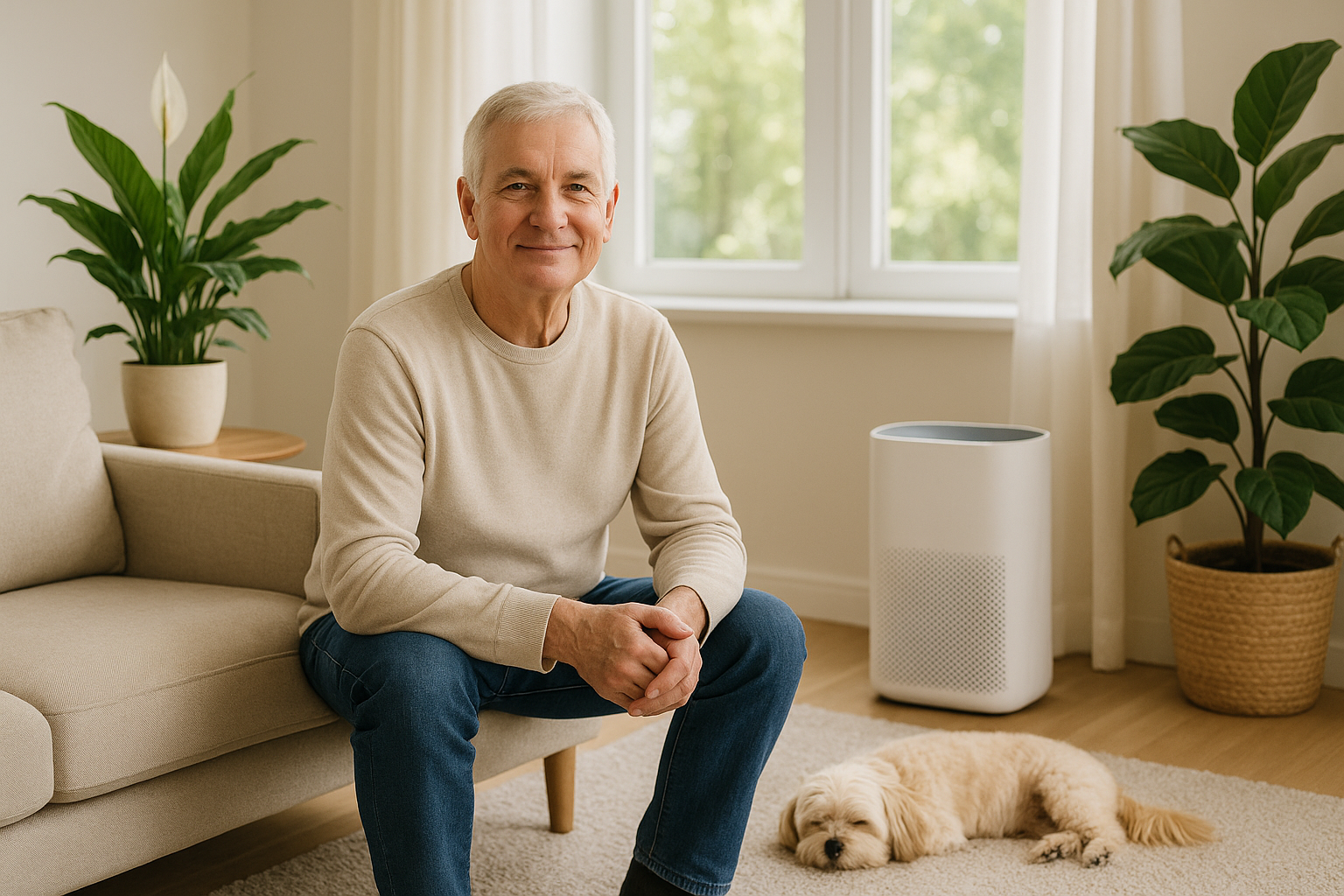
Improve indoor air quality in COPD homes by eliminating common triggers like tobacco smoke, pet dander, and cleaning products for better breathing.

Explore the best COPD symptom-tracking apps of 2025 that integrate with devices to monitor your health and enhance communication with healthcare teams.
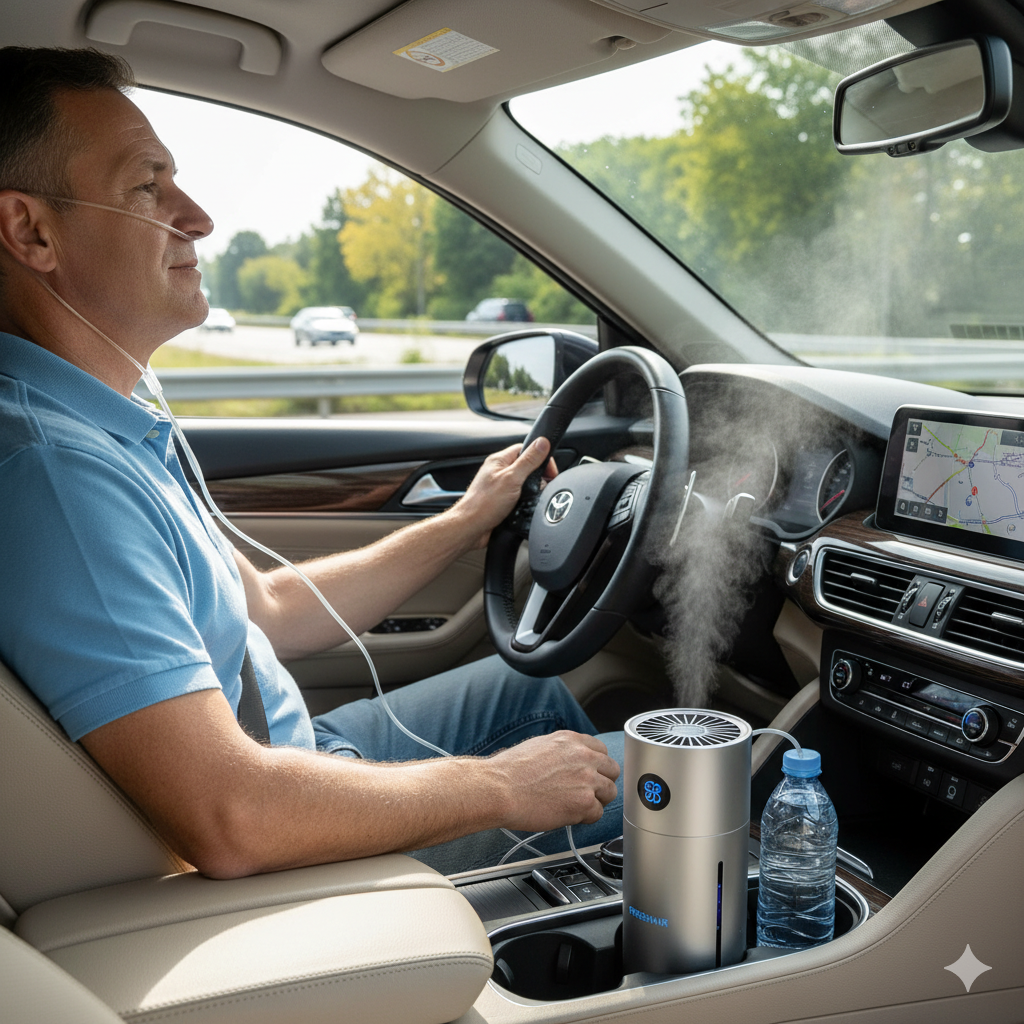
Learn how to improve air quality in your car if you have COPD. Discover the benefits of cabin filters and portable air purifiers to reduce pollutants, allergens, and irritants.

Learn how to choose the right HEPA air purifier for COPD, focusing on room size, filter types, efficiency, and noise levels for better air quality.
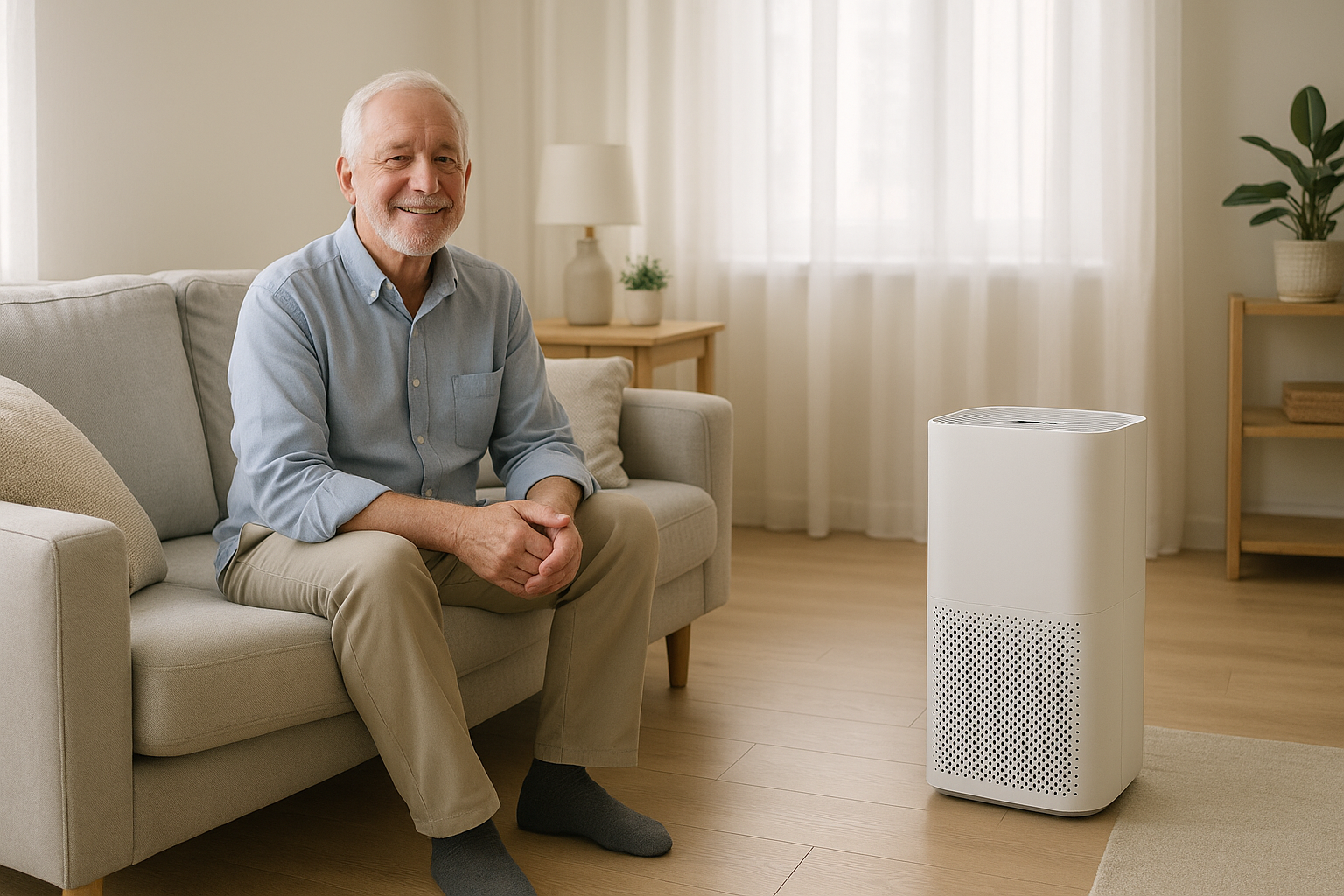
Explore how HEPA air purifiers can enhance indoor air quality for COPD sufferers, featuring top models, key features, and essential buying tips.
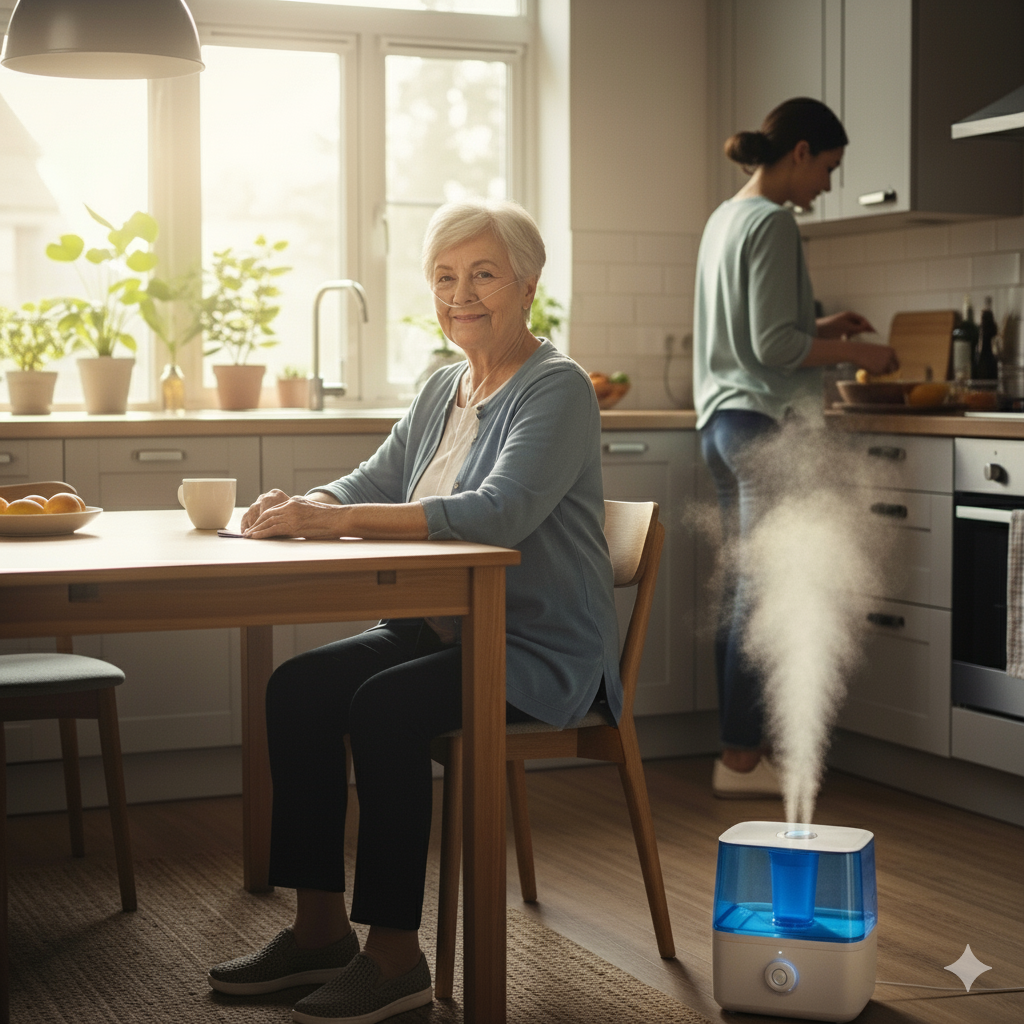
Updated September 2025: Compare the best humidifiers for COPD. Learn which models add safe, clean moisture to reduce symptoms without increasing mold risk.
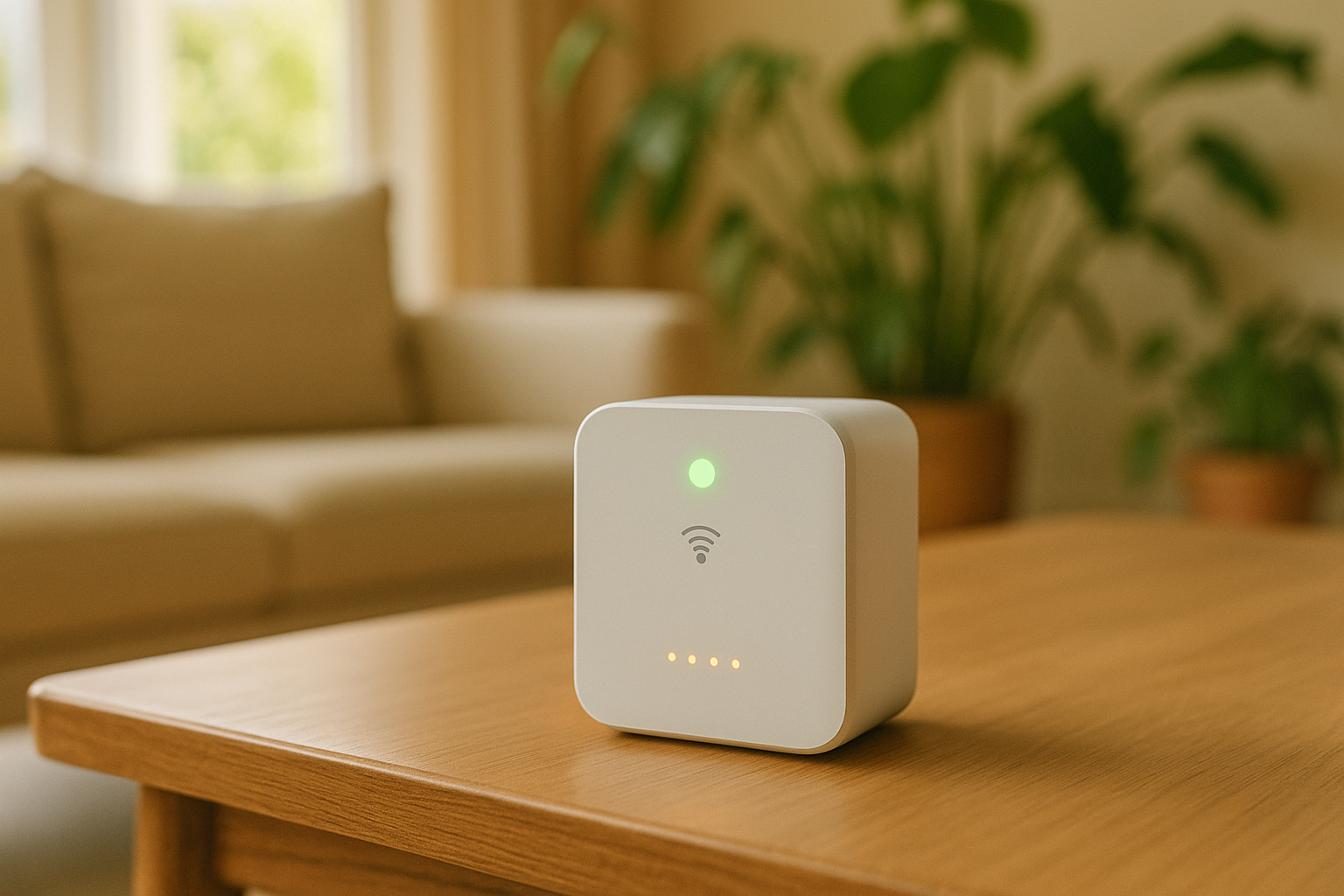
Learn how portable air quality devices can enhance breathing for those with COPD by improving indoor air quality and reducing pollutants.